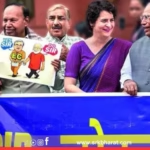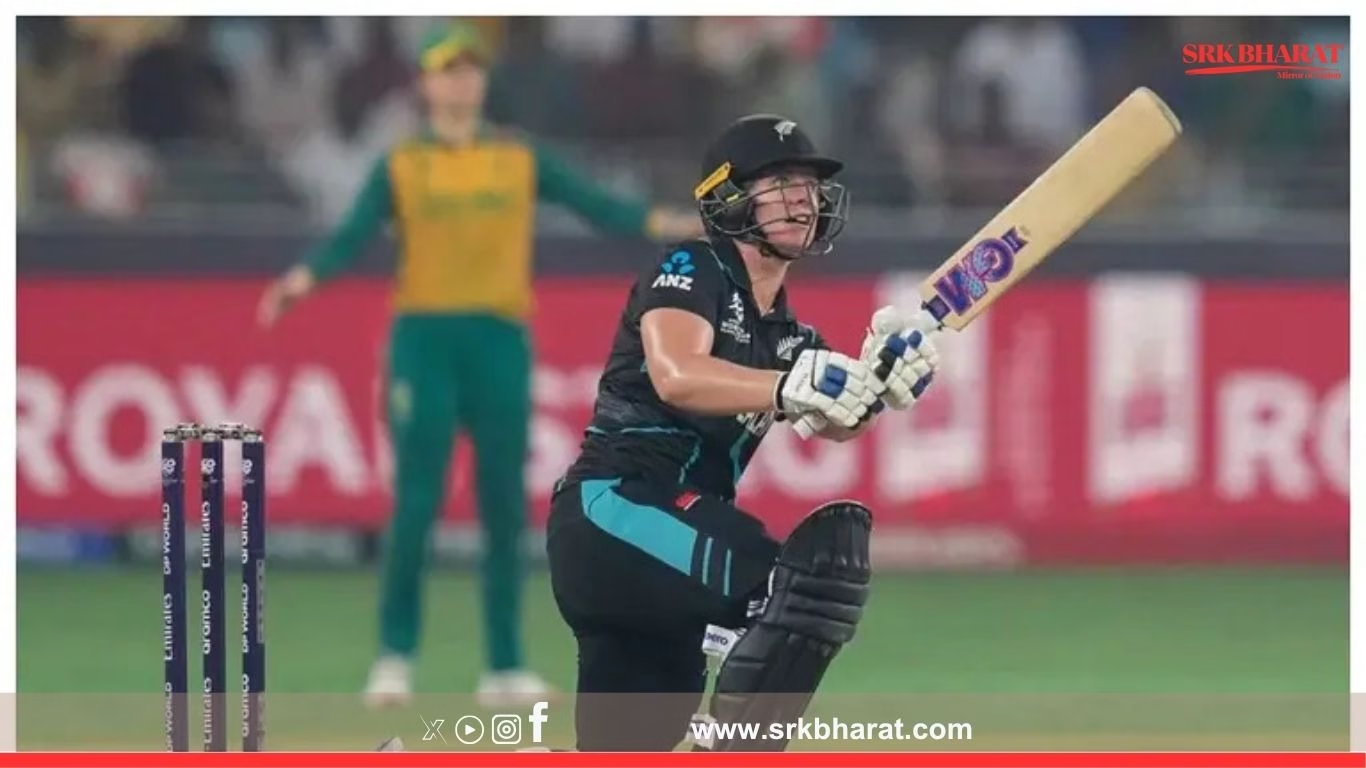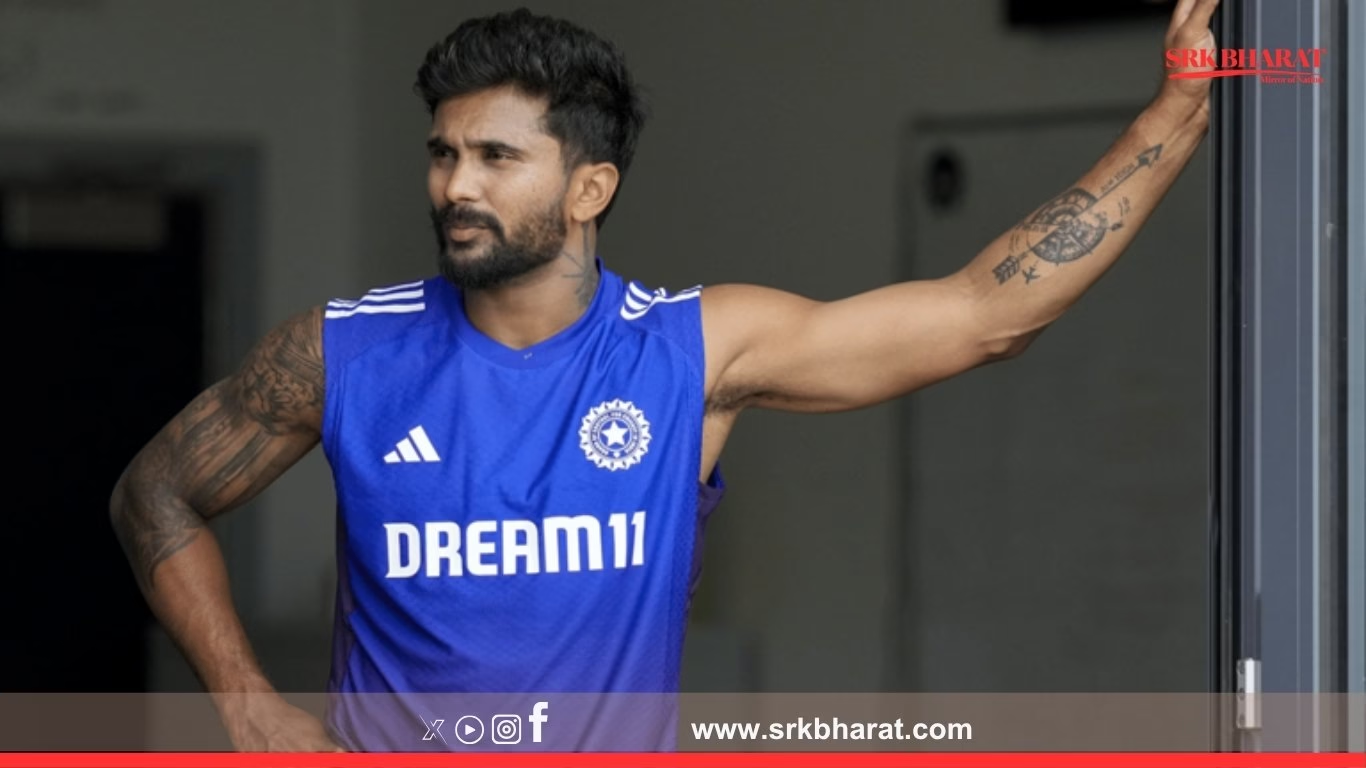Cricket’s Decision Review System (DRS) has once again come under intense public and expert scrutiny after an incident during the ongoing India vs England Test series where Joe Root survived a crucial LBW appeal, sparking angry reactions from legends like Sunil Gavaskar and Anil Kumble. The controversy erupted on Day 3 of the match at Trent Bridge when Root, batting on 42, was adjudged not out despite replays suggesting the ball would have clipped the leg stump.
The incident that triggered uproar
It was in the 54th over of England’s innings when pacer Jasprit Bumrah bowled a searing inswinger to Root, rapping him on the pads. The on-field umpire ruled it not out. India, confident of the dismissal, opted for DRS. However, ball tracking showed ‘umpire’s call’ on impact despite Hawk-Eye showing the ball hitting the stumps. Root survived and went on to score a match-changing 86, pushing England into a position of strength.
Gavaskar and Kumble voice strong criticism
Speaking during commentary, Sunil Gavaskar lashed out at the DRS framework, saying, “If the ball is hitting the stumps, it should be out. This umpire’s call is ridiculous. It is unfair to bowlers who work hard for such deliveries.” He further argued that the existing technology undermines the fundamentals of cricket, where hitting the stumps is the ultimate goal.
Anil Kumble, former India coach and legendary spinner, also criticised the on-field umpire’s original decision. “The umpire should have given it out in real time. The ball was clearly hitting. DRS is not for overturning only the obvious, it is there to ensure correct decisions are made,” he said in his post-match analysis on a leading sports broadcaster.
Debate over ball tracking accuracy
This isn’t the first time ball tracking technology has been questioned. While it is widely accepted for its precision, many believe the margin of error (‘umpire’s call’) leaves too much room for subjective interpretations. Former England captain Michael Vaughan, however, defended DRS stating, “It’s the best we have. Unless you want to take away human error completely and automate all decisions, this is it.”
Statistical impact of DRS decisions
| Player | Runs at review incident | Final score | Outcome of DRS |
|---|---|---|---|
| Joe Root | 42 | 86 | Not Out (Umpire’s Call) |
An analysis of Root’s innings indicates his additional 44 runs significantly altered the course of England’s innings, taking them from a potential collapse to posting a competitive lead. India, on the other hand, lost momentum as bowlers’ frustration was evident on-field.
Key Indian voices call for review of umpire’s call
Ravi Shastri, speaking to media, emphasised that the International Cricket Council (ICC) should revisit umpire’s call protocols. “The bowler gets robbed. If the ball hits stumps, it’s out. Period. Why complicate with these percentages?” he asserted.
KL Rahul, India’s stand-in captain for the match, chose diplomatic words but subtly hinted at dissatisfaction. “We trust the system. Sometimes it goes your way, sometimes it doesn’t. But yes, it is hard on bowlers,” he told reporters in the post-match press conference.
Past controversies involving DRS
This incident adds to a long list of high-profile DRS controversies:
| Match/Series | Player Impacted | Decision Type | Outcome |
|---|---|---|---|
| Ashes 2019, Headingley | Ben Stokes | LBW | Not Out, helped win match |
| India vs NZ WTC Final 2021 | Rishabh Pant | Caught behind | Not Out, spike inconclusive |
| India vs England 2024 | Virat Kohli | LBW | Out, ball tracking error suspected |
The science and limitations of ball tracking
Hawk-Eye, the ball tracking technology used in DRS, uses six to seven cameras to triangulate the ball’s path, predicting its trajectory post-impact. However, experts highlight that slight deviations, camera placement, or data calibration can influence marginal calls.
Former ICC umpire Simon Taufel defended the technology but urged transparency. “DRS is an aid, not a replacement for umpires. But ICC must explain margins to players and public better to avoid such criticism,” he suggested.
Fans react on social media
Cricket fans were quick to express displeasure, trending hashtags like #DRSFail and #RootLucky on X (formerly Twitter). One user wrote, “That was plumb LBW. If this is not out, then what is? DRS needs fixing.” Another stated, “Umpire’s Call is just a fancy way of saying ‘We don’t want to overrule the umpire.’”
Potential changes ahead?
With multiple former players, coaches, and analysts calling for a rethink of the umpire’s call provision, there is growing expectation that the ICC Cricket Committee may deliberate on this issue in their upcoming annual meeting. Suggestions include:
- Eliminating umpire’s call and making all ball tracking outcomes definitive
- Increasing camera count for better triangulation
- Introducing AI-based real-time predictive models for trajectory accuracy
Conclusion: Technology vs tradition debate continues
While technology has undeniably reduced glaring umpiring errors, the Root LBW incident reiterates cricket’s complex balance between human judgment and digital precision. For India, it was a moment of lost opportunity that could impact the Test series result. For the global cricket fraternity, it reignites the philosophical debate: should technology overrule human decision-making entirely or continue to act as an assistant rather than an arbiter?
As the match moves forward, Indian bowlers remain focused on regaining control. Fans and experts alike, however, will continue to question the credibility of a system where hitting the stumps does not always guarantee a wicket.
Disclaimer: This article is based on publicly available match footage, expert commentary, and cricket analysis. It is intended for informational and journalistic purposes only. Readers are advised to verify all details from official match records and ICC regulations before drawing any conclusions.











